Oil Painting Portrait Techniques Beginners
10 oil painting techniques to transform your artwork
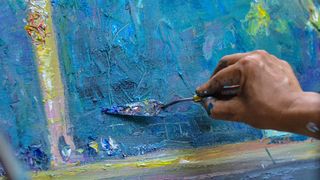
Oil painting techniques can seem particularly hard to master when you first start painting. There's a learning curve with all types of painting, of course, but oil painting can seem particularly overwhelming. Fortunately, some simple, practical techniques for oil painting can make the transition much smoother, transforming your process and breathing new life into your work.
Here we'll look at 10 essential oil painting techniques that can help you paint with confidence, from advice on how to hold the brush to using a palette knife. Watch the summary video below, then scroll down for details on the ten techniques. If you need to stock up to get started, see our pick of the best oil paints, best oil paint canvases and the best paintbrushes for oils. You might also want to explore our practical guides to canvas painting for beginners and our tutorials on how to draw.
10 oil painting techniques in detail
01. Hold the paintbrush correctly

There are many ways that an artist can grip the paintbrush when painting, but there's one 'go-to' method that every artist should know to get the most fluidity and sensitivity from each stroke. Hold the brush handle as far back as you can.
This might feel uncomfortable at first, but it provides the greatest degree of control over the brush since it allows you to paint with your whole arm, not just your wrist. For more brush advice, see our guide to how to choose which paint brush to use and how to clean paintbrushes.
02. Master your brush orientation
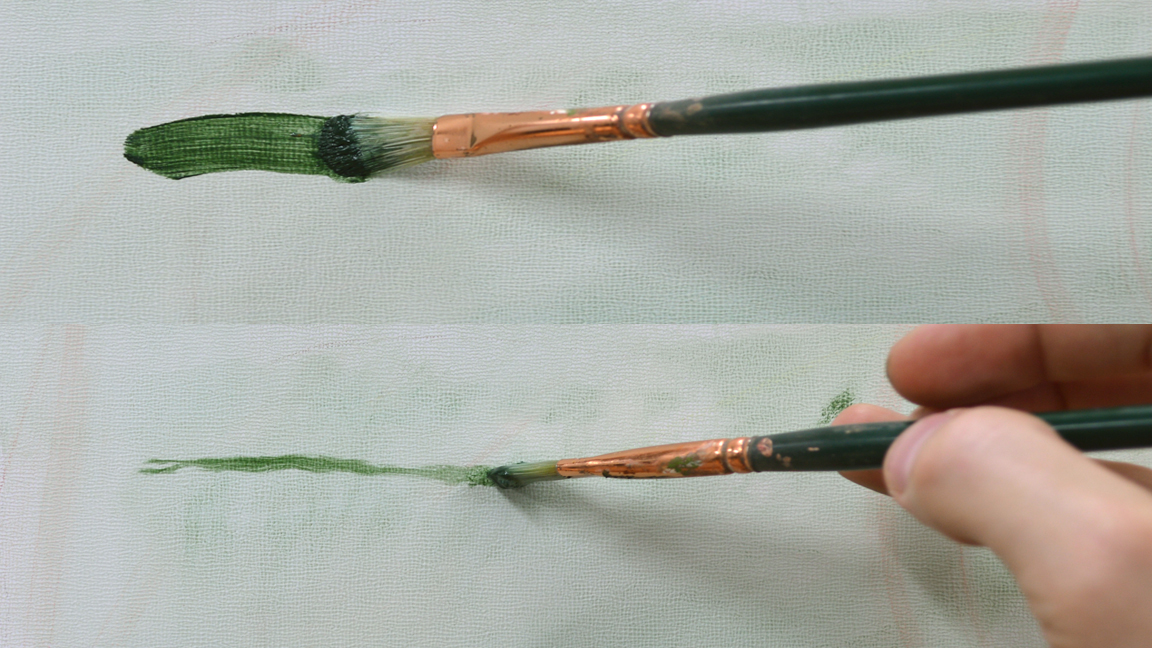
When you're painting, it can be very easy to forget that your brush has two sides or orientations. There's no need to limit yourself to always making wide strokes using the flat side of your brush. Every brush can be turned on its side for sharper lines or strokes. Learning to control your lines with your brush orientation will help you paint faster and with more versatility.
03. Vary the amount of pressure
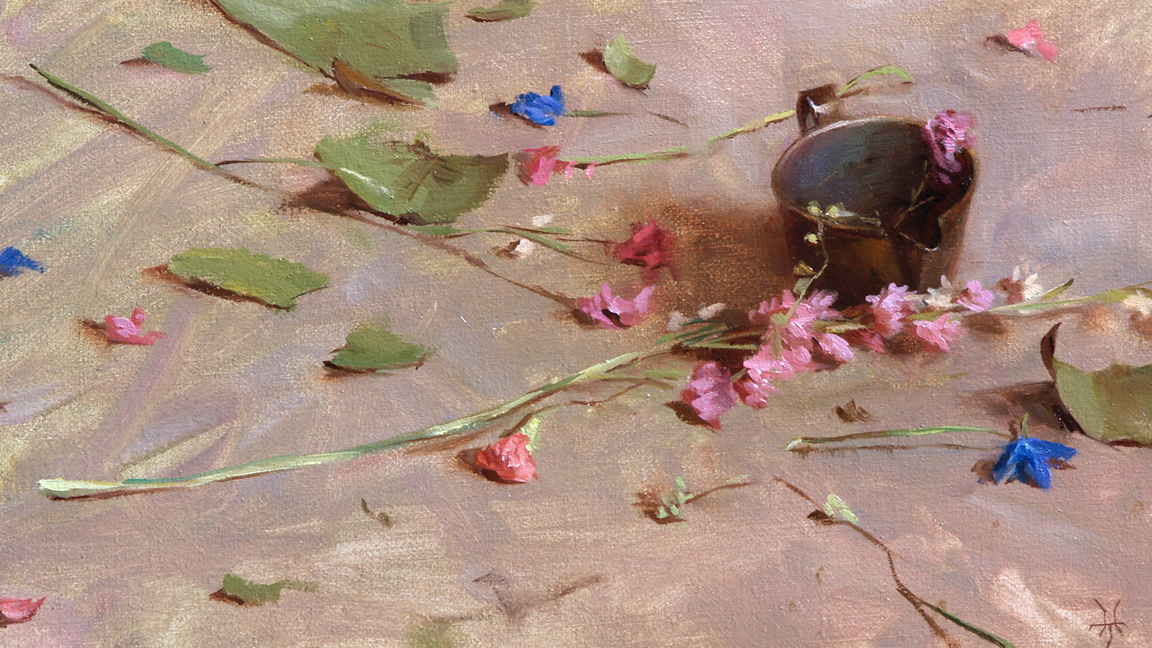
Avoid using 'heavy hands' on your paintbrush. Sometimes the amount of pressure that you apply to a stroke can make the difference between perfection and a mess. The heavier your pressure, the more your paints will blend and create ridges along the sides of your brushstrokes. Get familiar with how your light, medium, and heavy strokes look on the canvas and vary your pressure appropriately to achieve the desired effects.
04. Harness the power of the painting medium
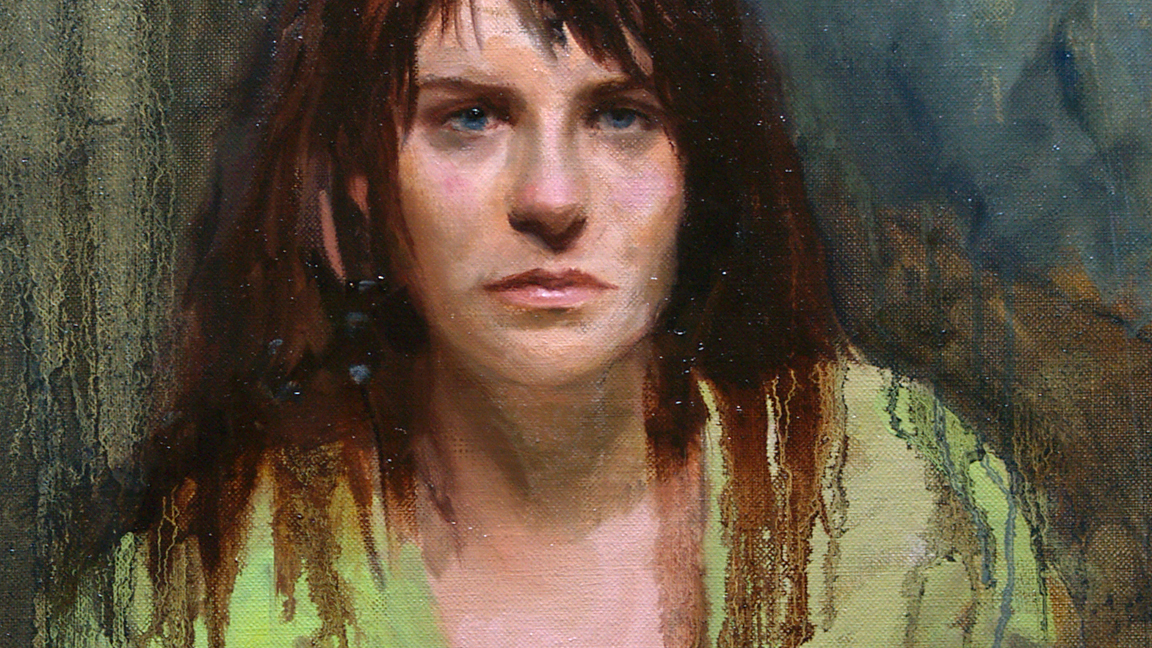
Oil painting isn't only about the paint. An essential part of controlling paint comes down to your use of a painting medium – typically a mixture of solvent and oil used to modify the paint and make it behave in different ways. Adding lots of medium will make your paint flat and transparent like a wash, whereas adding just a little medium will give your paint a mayonnaise-like consistency.
05. Keep your colours pure
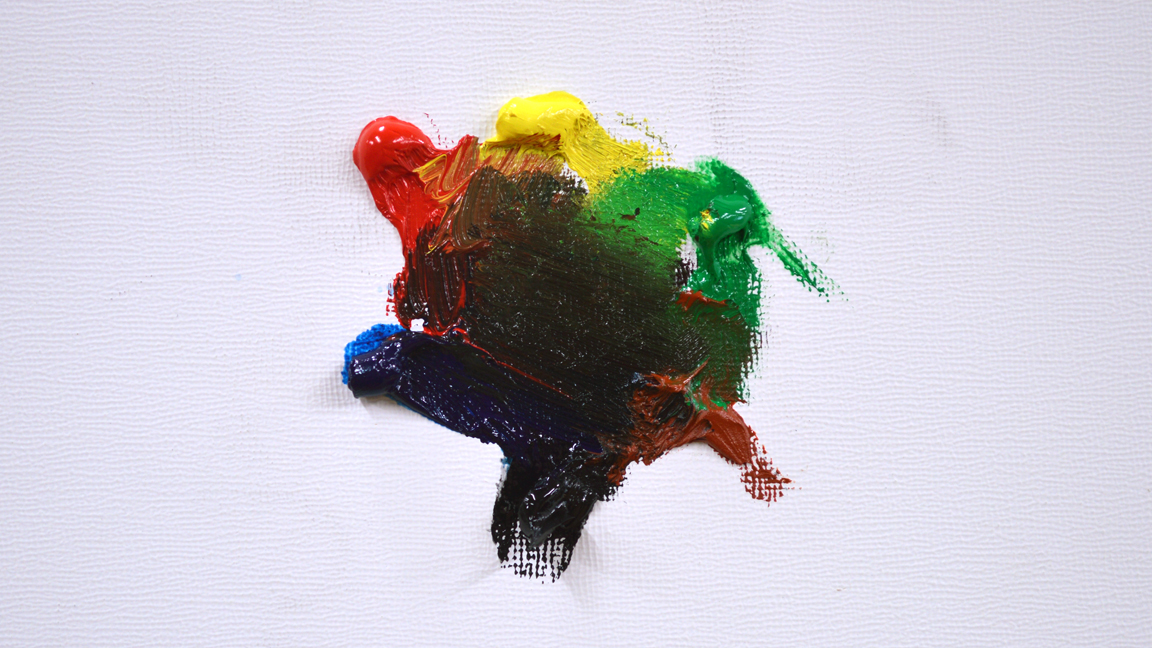
Be careful when you grab from the paint piles on your palette. Make sure your brushes are clean or you'll taint the colours you want to use. It's vital to preserve the intensity of the colours straight from the tube, so remember to clean your brushes regularly – even between strokes if need be.
06. Use two-colour mixtures if possible
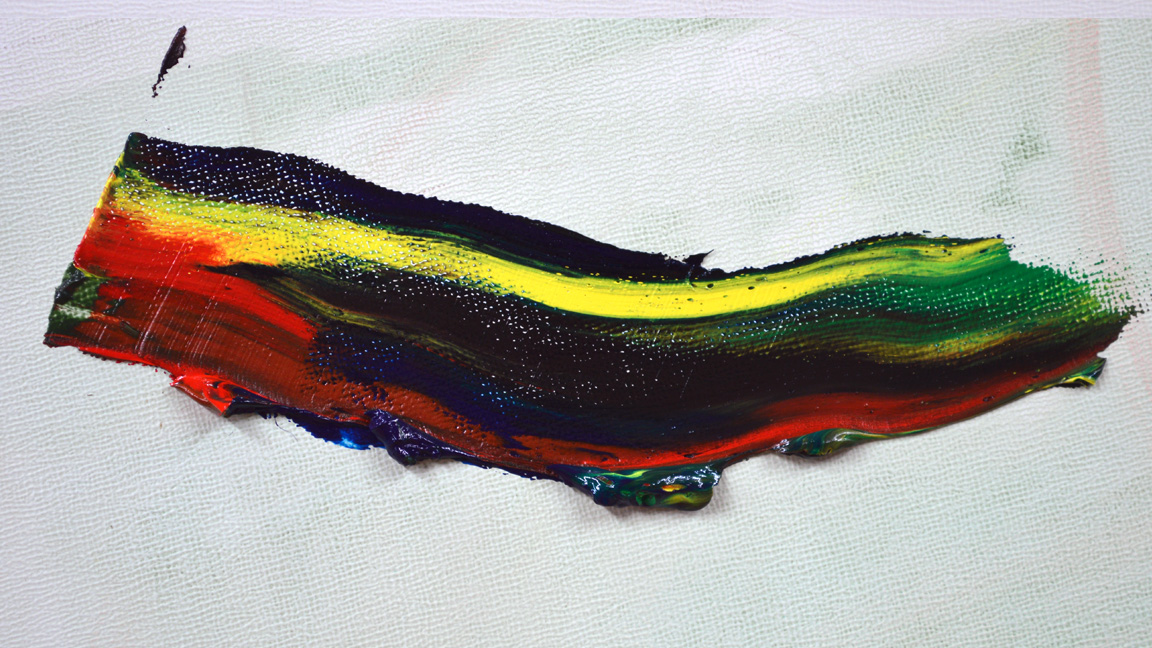
Grabbing from every single paint pile while mixing will create a dull and less intense mixture. Practise mixing what you need using just two colours and white. By increasing your colour knowledge and getting better at mixing, you can paint more quickly and efficiently, and your work will benefit.
07. Don't over-mix
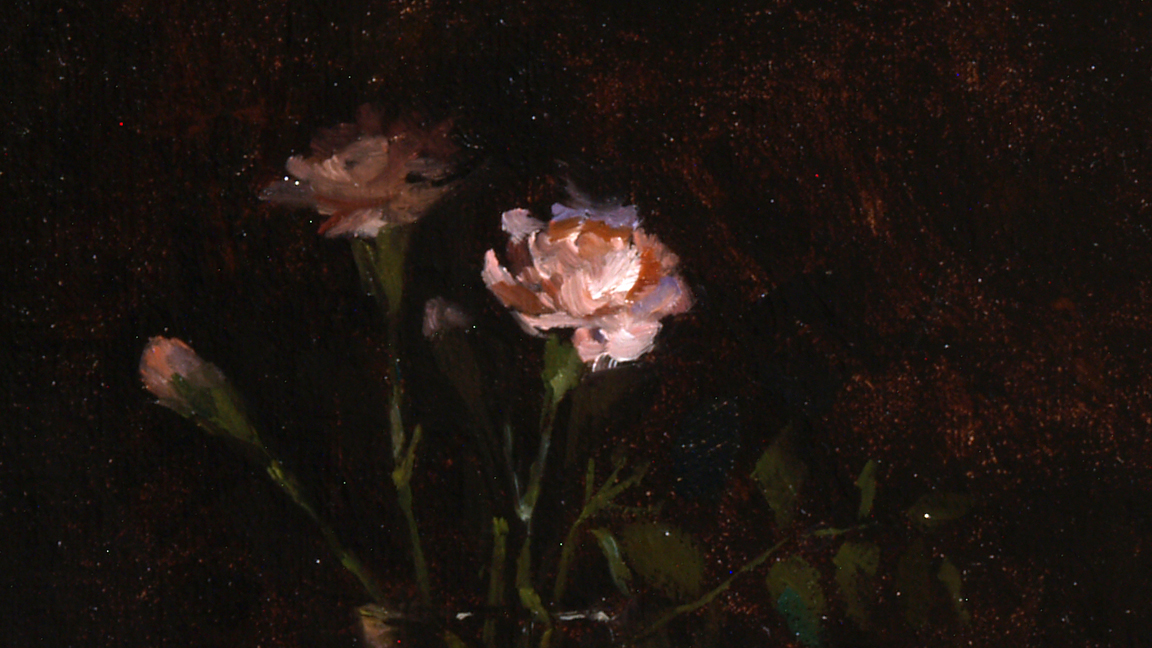
When mixed colours first collide, there are tiny inconsistencies in the mixture that actually help to add vividness and interest to your paint. Therefore, when you combine colours to create a mixture it's important to make sure you only mix them as much as necessary before applying the stroke. If you over-mix two colours, you will turn an interesting mixture into a flat and boring pile of paint.
08. Don't skimp on paint
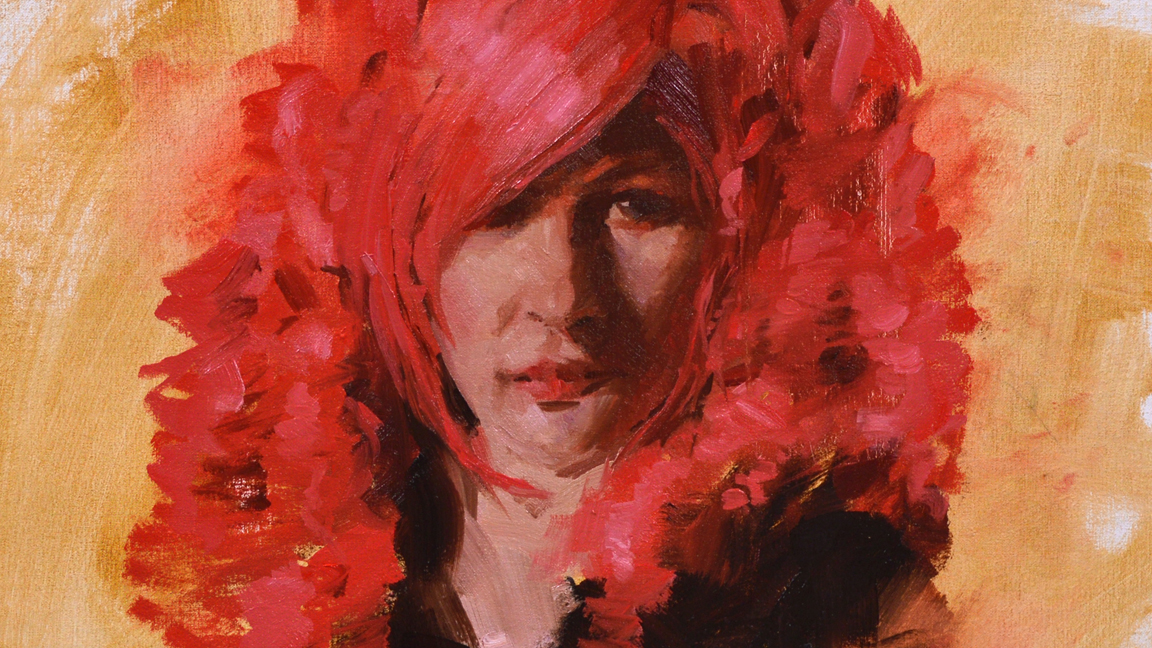
Sometimes you'll want a thin wash, but at other times you need a thick stroke to achieve your desired effect, so make sure you're using enough paint to create the type of stroke you need. Don't hold back on the paint at the expense of your painting. If you find yourself constantly swirling a brush around a thin pool of paint on your palette, then it's probably time to make the mixture again.
09. Try wet-on-wet versus dry brush
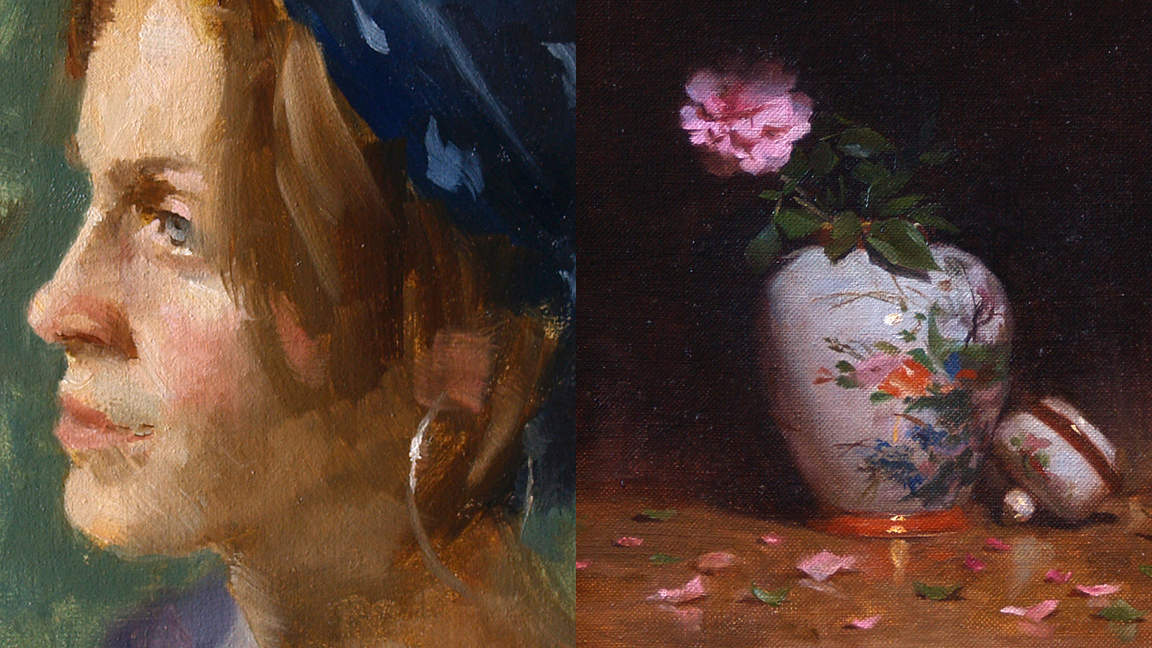
Remember that you can paint directly onto a wet surface or you can wait for it to dry and put wet paint over that. Paints will blend on the canvas when working wet-in-wet, which is great for creating transitions or gradients. Painting with a dry brush will give you a more textural effect, which is perfect for painting brick or dirt. See more in our guide to wet-in-wet watercolour painting techniques.
10. Don't forget the palette knife
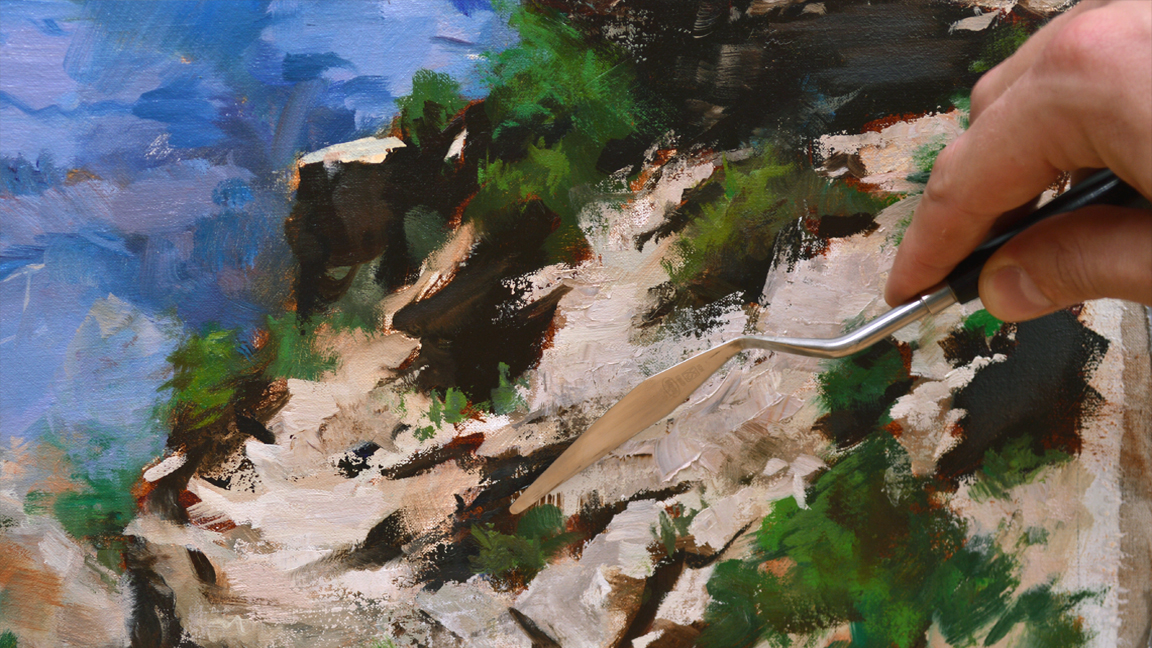
The palette knife isn't merely a trowel that you use to mix paint! At times, it can also be used very effectively to make interesting strokes. A palette knife is particularly useful for making textural and unpredictable strokes – effects that you'd be hard-pressed to duplicate with a brush.
Related articles:
- The best art books for 2020
- How to make and use a mahlstick for painting
- Art terms: The ultimate artist's glossary
Jonathan Hardesty has been exhibited in invitational shows throughout the United States. His work is featured in various collections around the country. He currently teaches online at Schoolism.com.
Related articles
Oil Painting Portrait Techniques Beginners
Source: https://www.creativebloq.com/advice/oil-painting-techniques-10-essential-tips
Posted by: carterawye2001.blogspot.com

0 Response to "Oil Painting Portrait Techniques Beginners"
Post a Comment